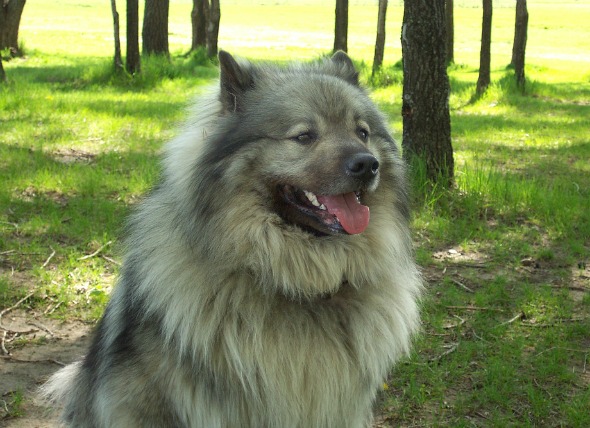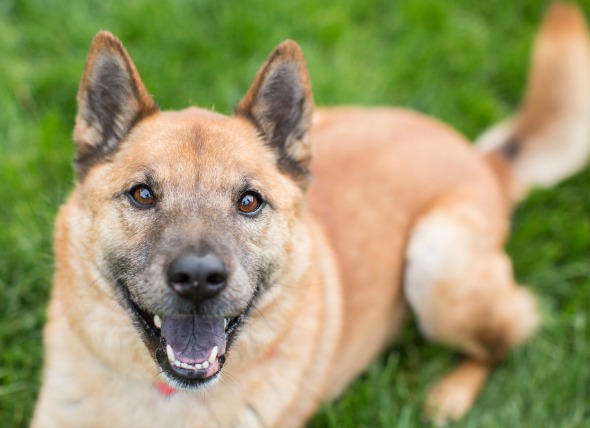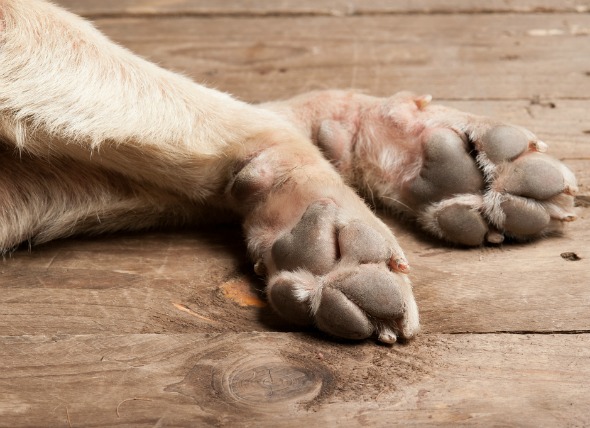

Brachycephalic Airway Syndrome is the medical term related to various upper airway problems found in short-nosed, flat-faced dog breeds such as the Pekingese. A brachycephalic (meaning to having a short, broad head) breed may experience partial obstruction of the upper airway due to physical characteristics such as narrowed nostrils, an overly long soft palate, or collapse of the voice box (also known as the larynx). Breathing difficulties may also occur because of an abnormally small windpipe (or trachea), another characteristic common to brachycephalic breeds. Some of the more common brachycephalic breeds are the pug, bulldog, boxer, chihuahua, and shih tzu.
The condition or disease described in this medical article can affect both dogs and cats. If you would like to learn more about how this disease affects cats, please visit this page in the PetMD health library.
Symptoms of an obstructed upper airway may include snoring, rapid breathing (or tachypnea), noisy breathing when inhaling, frequent panting, difficulty eating or swallowing, coughing and gagging, inability to perform physical activity, especially in warm, humid weather, and occasionally physical collapse. A physical examination may reveal further indications, such as stenotic nares (narrowed nasal passages), abnormally high body temperature (or hyperthermia), and increased respiratory effort evident by open-mouth breathing and constant panting.
Brachycephalic airway syndrome stems from the dog's unique head shape, which is inherited at birth. Most dogs are diagnosed as young adults, generally by age three. A characteristic reported in nearly 100 percent of cases of dogs with brachycephalic airway syndrome is an elongated soft palate. Narrowed nasal passages is also reported in about about 50 percent of all cases of dogs suffering from brachycephalic airway syndrome.
Factors that may increase the risk and further complicate the condition further include obesity, allergies, over-excitement, and exercise, which may cause rapid breathing that the obstructed airway can not manage. These problems worsen in warm, humid weather, which can lead to excessive panting.
If brachycephalic airway syndrome is suspected, two primary diagnostic tests that will be used are a laryngoscopy (or pharyngoscopy) and tracheoscopy, in which a small fiber-optic scope is inserted through the mouth to examine the larynx/pharynx and trachea. This can reveal characteristics such as an overlong palate or collapsed trachea (commonly known as the wind pipe) or larynx (voice box).
Other possible diagnoses include the presence of a foreign body that is obstructing the airway, an infection in the upper respiratory system, and allergic reaction that has caused the airway to swell.
Treatment is not necessary unless the dog exhibits clinical signs. In order to avoid this, risk factors, such as warm humid weather or allergens, should be avoided. Exact treatment is dependent upon what sort of symptoms are present, and how severe these symptoms are. Breathing assistance and oxygen supplementation may be necessary, and if the airway is obstructed it must be opened. This can be done by passing a tube through the mouth and windpipe (known as an endotracheal tube) or via a surgical cut in the windpipe (known as a tracheostomy). There are also surgical procedures that can be done to prevent airway problems in brachycephalic breeds, such as widening narrowed nostrils or shortening an elongated palate.
If the dog undergoes any surgical procedures, it needs to be strictly monitored and continuously checked for breathing rate and effort, heart rate, pulse, and temperature, among other characteristics.
Corrective surgical procedures, such as the shortening of an overlong palate, or correction of narrowed nostrils, can help prevent respiratory problems in brachycephalic breeds. Avoid risk factors, such as warm humid weather and obesity, which can worsen inherent respiratory problems.
 Chagas Disease in Dogs
American Trypanosomiasis Parasitic Infection in Dogs
&nb
Chagas Disease in Dogs
American Trypanosomiasis Parasitic Infection in Dogs
&nb
 Hyperparathyroidism in Dogs
Excessive Levels of Parathyroid Hormone in the Blood in
Hyperparathyroidism in Dogs
Excessive Levels of Parathyroid Hormone in the Blood in
 Chronic Inflammation of the Bronchi in Dogs
Bronchitis, Chronic (COPD) in Dogs
Chronic bronch
Chronic Inflammation of the Bronchi in Dogs
Bronchitis, Chronic (COPD) in Dogs
Chronic bronch
 Salmonella Infection in Dogs
Salmonellosis in Dogs
Salmonellosis is an infecti
Salmonella Infection in Dogs
Salmonellosis in Dogs
Salmonellosis is an infecti
 Skin Inflammation on the Paws in Dogs
Pododermatitis in Dogs
Pododermatitis is a medica
Skin Inflammation on the Paws in Dogs
Pododermatitis in Dogs
Pododermatitis is a medica
Copyright © 2005-2016 Pet Information All Rights Reserved
Contact us: www162date@outlook.com